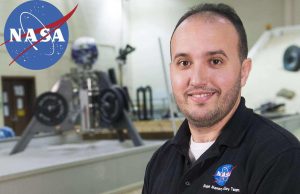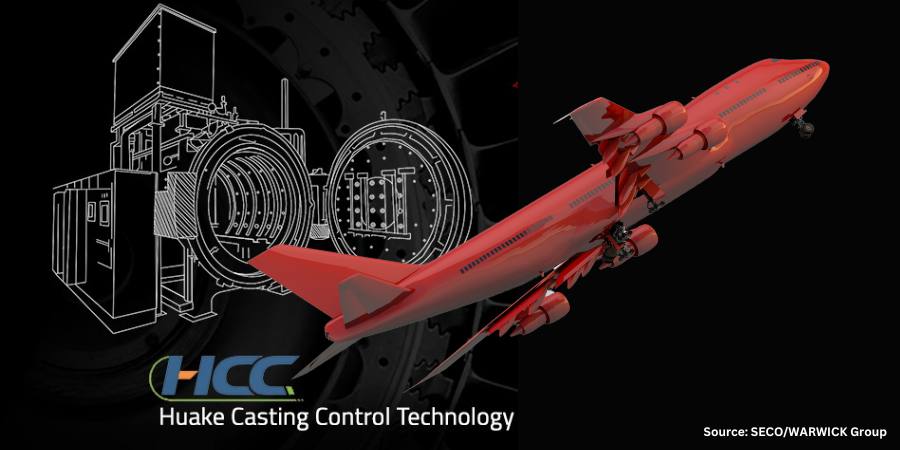NASA Glenn Research Laboratory in Cleveland, Ohio, has partnered with Boeing to test how shape-memory alloys can be used in deployable vortex generators (VGs), the tiny fins on airplane wings that help control airflow during flight. Currently most VGs on airplanes are static. They are fixed devices always present to improve performance during takeoff, landing, and irregular conditions.
Materials Research Engineer and ASM International’s SMST Society President Dr. Othmane Benafan is part of the team at Glenn developing the shape-memory alloy parts. The alloy pieces are small metal rods that are inserted along the hinge line of a VG where it connects to the aircraft wing. The shape-memory alloy twists as it cools off, which pulls the fin down to lie flat against the wing. Then as the aircraft moves into warmer conditions, the alloy retracts to its original shape, lifting the fin into an upright position.

Materials Research Engineer, Glenn Research Team
“There are no heaters, no coolers,” says Dr. Benafan. “The alloys are tuned exactly to environmental temperatures. They sense, and then they do their thing.”
Innovations with shape-memory alloys allow development of VGs that move when they sense a change in the environment, which will make future airplanes capable of adjusting in response to changes in temperature, altitude, and airspeed, just like birds.
Photo Credit for Dr. Benafan’s picture: the Moroccan Times





